
How to Use a Drain Snake Without Damaging Pipes
- 1. Understanding Drain Snakes and Their Uses
- 2. Choosing the Right Drain Snake for Your Pipes
- 3. Step-by-Step Guide to Using a Drain Snake Safely
- 4. Tips for Avoiding Pipe Damage While Using a Drain Snake
- 5. When to Call a Professional Plumber for Drain Issues
1. Understanding Drain Snakes and Their Uses
A drain snake, also known as a plumbing auger, is a long, flexible tool used to clear clogged drains. Whether you’re dealing with a slow-draining sink, shower, or bathtub, a drain snake can help you remove blockages and restore proper water flow. These tools work by reaching deep into the drainpipe and breaking up or pulling out the material causing the obstruction.
There are various types of drain snakes available, including handheld manual versions, electric-powered models, and motorized snakes for professional use. When used properly, a drain snake can be an effective and safe solution for clearing clogged drains without causing any damage to your plumbing system.

Plymouth Plumbing & Heating Sheboygan
SheboyganSheboygan CountyWisconsin
615 S 8th St STE 110-5, Sheboygan, WI 53081, USA
2. Choosing the Right Drain Snake for Your Pipes
Not all drain snakes are the same, and choosing the right one for your specific needs is essential to avoid damaging your pipes. Here are some factors to consider when selecting a drain snake:

Advantage Plumbing & Rooter
La Crescenta-MontroseLos Angeles CountyCalifornia
2361 Barton Ln, Montrose, CA 91020, USA
1. Pipe Material
Consider the material of your pipes when selecting a drain snake. For older homes with cast iron or clay pipes, using a manual or light-duty snake is recommended, as these materials can be more easily damaged by harsh tools. For PVC or modern metal pipes, a motorized or heavier-duty drain snake can be used with more confidence.
2. Pipe Diameter
The diameter of the pipe plays a role in determining which type of snake to use. For standard residential drains (usually 1.5” to 2” in diameter), a small to medium-sized hand auger should suffice. Larger pipes (such as those used in commercial buildings or for sewer lines) require more powerful snakes capable of reaching deeper and clearing larger blockages.
3. Type of Clog
For different types of clogs, choose the appropriate snake. A basic handheld model is good for small clogs, while a motorized or powered drain snake is better suited for larger, more stubborn blockages or those located deeper in the pipes.
3. Step-by-Step Guide to Using a Drain Snake Safely
Using a drain snake may seem daunting at first, but following the proper steps will ensure that you clear the clog without causing any damage to your pipes.
1. Prepare the Area
Before you begin, gather all necessary tools: a drain snake, gloves, a bucket (to catch any debris), and a cloth to protect your sink or bathtub. Remove any standing water and ensure the drain is accessible. If you're working with a sink, remove the drain cover or stopper.
2. Insert the Snake Into the Drain
Insert the end of the drain snake into the drain opening. Slowly push it down the pipe while turning the handle or motor (if using a powered snake). Keep gentle pressure on the snake, and avoid forcing it, as this can damage the pipes.
3. Rotate and Break Through the Blockage
As you push the snake deeper, you’ll feel resistance. This is likely the clog. Keep turning the handle (or activating the motor) to rotate the snake and break through the obstruction. You may need to move the snake back and forth slightly to dislodge the blockage completely.
4. Retrieve the Snake and Clean the Area
Once the clog is cleared, carefully pull the snake out of the drain while continuing to turn it to prevent debris from getting stuck. Clean the snake thoroughly after use. Check the drain for any remaining debris or slow drainage. If the drain is still slow, repeat the process or call a plumber.
4. Tips for Avoiding Pipe Damage While Using a Drain Snake
While a drain snake is an effective tool for clearing clogs, improper use can lead to damage to your pipes. Here are some essential tips to avoid damage while using a drain snake:
1. Use the Right Type of Snake
As mentioned earlier, choose the appropriate type of drain snake based on your pipe material and the severity of the clog. Using an overly heavy-duty snake for delicate pipes can cause cracks or leaks, while a light-duty snake may not be effective for tougher clogs.
2. Don’t Force the Snake
If you feel resistance, don’t force the drain snake further into the pipe. This could cause the snake to bend or snap, damaging your pipes. Instead, try rotating the snake or withdrawing it slightly to reorient it before continuing to apply pressure.
3. Avoid Excessive Pressure
Applying too much pressure can damage your pipes. When using a drain snake, allow the tool to work its way through the clog slowly rather than forcing it through quickly. Patience is key to both clearing the blockage and protecting your plumbing system.
4. Inspect the Pipe After Use
After using the drain snake, inspect the area for any signs of damage, such as leaks or cracks. If you notice any issues, it’s a good idea to call a plumber to assess the situation before further damage occurs.
5. When to Call a Professional Plumber for Drain Issues
While using a drain snake can resolve most common clogs, some situations call for professional assistance. If you encounter any of the following, it’s time to call a plumber:
- Persistent Clogs: If the clog reappears or the drain remains slow despite multiple attempts to clear it, professional intervention may be needed.
- Deeper Issues: If you suspect the blockage is deep within the plumbing system or involves major pipes, a plumber has the tools and expertise to handle the situation safely.
- Pipe Damage: If you notice leaks or other signs of damage after using the drain snake, a plumber can inspect your pipes and make necessary repairs.
At Plumbers Supply Hub, we offer a variety of drain cleaning tools and accessories, including high-quality drain snakes, to help you clear clogs efficiently and safely. Visit our website to find the right products for your plumbing needs.



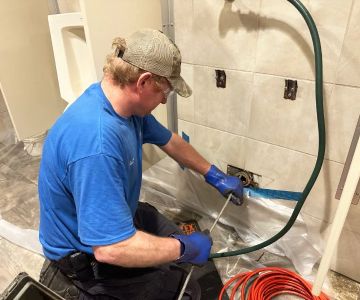

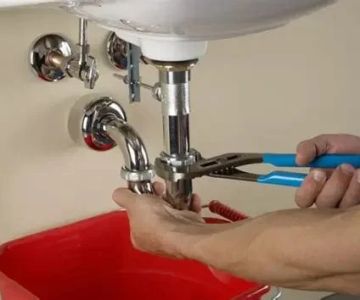
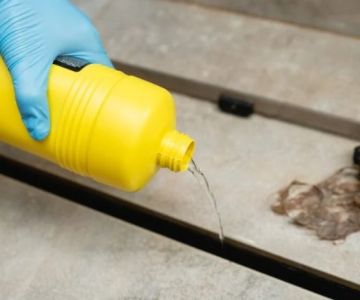
 Tommie's Plumbing4.0 (508 reviews)
Tommie's Plumbing4.0 (508 reviews) Plum Perfect Plumbing4.0 (23 reviews)
Plum Perfect Plumbing4.0 (23 reviews) Chastain Plumbing, Heating and Cooling4.0 (172 reviews)
Chastain Plumbing, Heating and Cooling4.0 (172 reviews) New Philly Plumbing LLC4.0 (29 reviews)
New Philly Plumbing LLC4.0 (29 reviews) Plumbing Matters Rooter & Plumbing Services Incorporated5.0 (375 reviews)
Plumbing Matters Rooter & Plumbing Services Incorporated5.0 (375 reviews)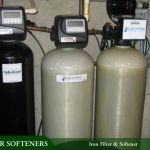 Podella Plumbing & Heating LLC5.0 (6 reviews)
Podella Plumbing & Heating LLC5.0 (6 reviews) How to Choose a Reliable Plumber for Emergency Repairs
How to Choose a Reliable Plumber for Emergency Repairs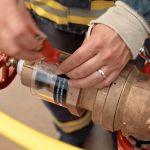 How to Replace a Malfunctioning Pressure Reducing Valve
How to Replace a Malfunctioning Pressure Reducing Valve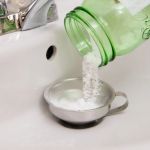 How to Use Baking Soda and Vinegar to Clear Clogged Drains
How to Use Baking Soda and Vinegar to Clear Clogged Drains What Causes Discolored Water and When to Worry: Causes, Effects, and Solutions
What Causes Discolored Water and When to Worry: Causes, Effects, and Solutions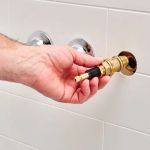 How to Replace an Outdated Plumbing Fixture Safely: A Step-by-Step Guide
How to Replace an Outdated Plumbing Fixture Safely: A Step-by-Step Guide How to Handle Plumbing in Mobile Homes: Essential Tips and Solutions
How to Handle Plumbing in Mobile Homes: Essential Tips and Solutions